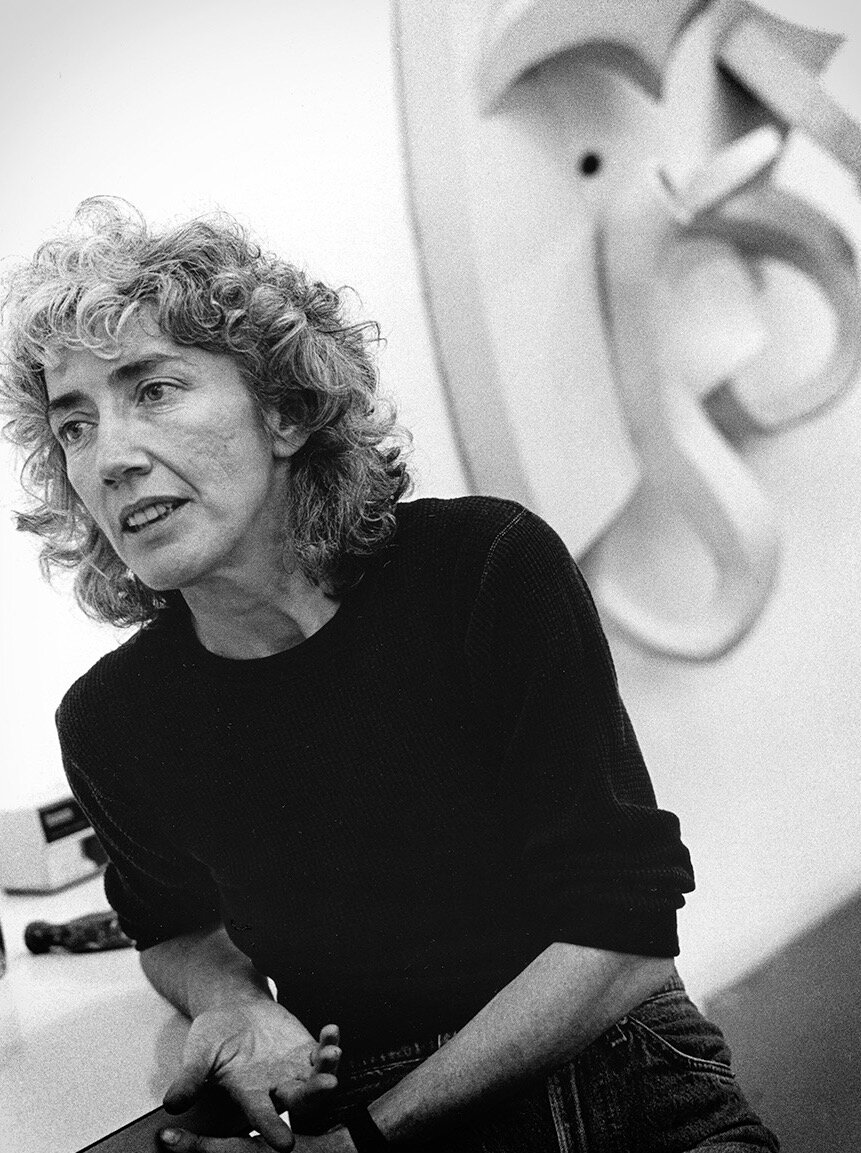How Graffiti Influenced Elizabeth Murray
The 1980’s were a bodacious, hellacious, and most radical decade. Mötley Crüe got it right titling the era (and their greatest hits compilation album) the, “Decade of Decadence!” Intertwined with the rise of hip hop culture and a myriad international styles riffing off the energy of the streets in Los Angeles and New York City, graffiti exploded onto the scene. Artists in New York City in particular found inspiration in the tags, zips, and murals thrown up in endless rotation on subway cars and the buildings lining city streets.
As New York City slid towards bankruptcy in the mid-‘70s, graffiti, with its expressive, colorful, and vandalistic ways, amplified the voice of a significant subculture. “Only the very rich among New Yorkers could ignore the ubiquity of a new underground visual culture, which seemed to be rising like a red tide to cover public spaces: the spray-can art of the graffiti writers,” wrote curator Kirk Varnedoe in his 1990 essay “High & Low: Modern Art / Popular Culture,” “[Graffiti] suggested a city out of control, in which the most basic premises of civility had been surrendered.” Fierce competitive battles of new street styles covered subways and public spaces, and just at the moment the MTA made the elimination of graffiti a priority in the early ’80s, it was hitting the mainstream art world. Artists that once practiced surreptitiously began showing up in alternative spaces — first in the East Village, and then SoHo and 57th Street. The scene celebrated Keith Haring, Kenny Scharf, and wunderkind Jean-Michel Basquiat.
About the same time, Elizabeth Murray’s reputation was well on the rise. She was counted among a short list of artists credited for resuscitating painting when much of the art world proclaimed painting to be dead. By the late ‘70s she had all but abandoned the traditional rectangular canvas, opting for eccentric, irregularly shaped canvases. The twisting and skewing of her paintings would eventually introduce a three-dimensionality that opened a new space for painting. An important influence we can see in contemporary painters like Ruth Root and Justine Hill.
Although her childhood fascination with comics would remain a major influence throughout her four-decade career, it’s plain to see the impact graffiti had on the paintings Murray made during the ‘80s.
“Popular culture is one part of teeming life that everybody, all of us, are involved in,” Murray told filmmaker Michael Blackwood in 1990, for his film Art in an Age of Mass Culture. She continued:
Whether we know it or not, even if we try to withdraw ourselves from it, we are all really involved in it every day when we walk out into the streets and you hear a … guy walking by with his box blasting a rap song at you. Or in the middle of the subway. Or walking up Broadway. I mean, it’s pouring out at you all the time.

